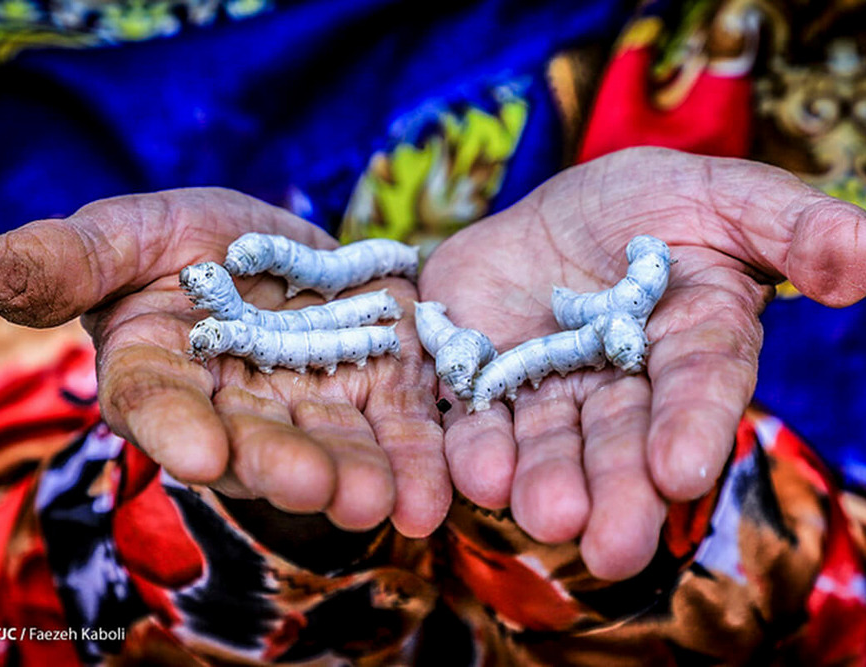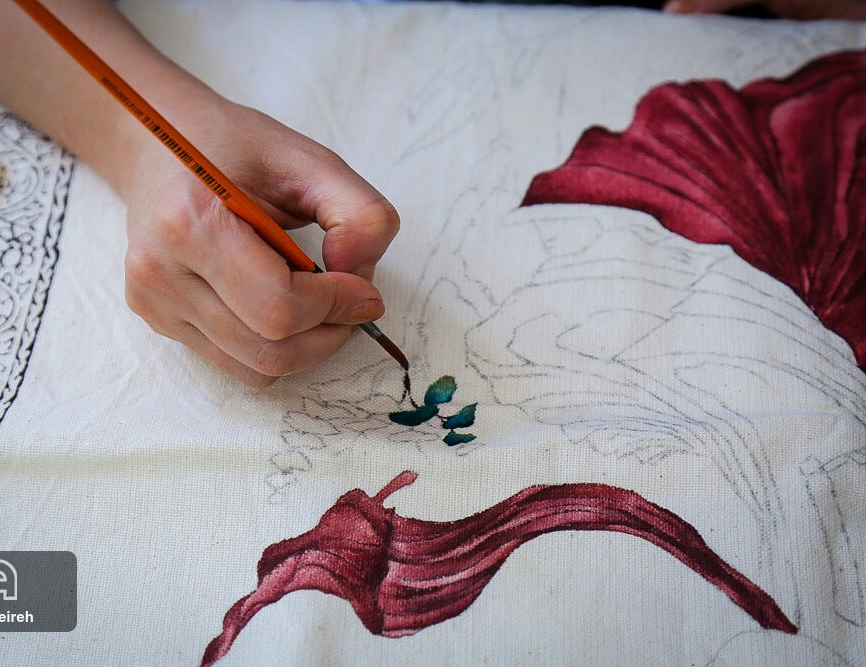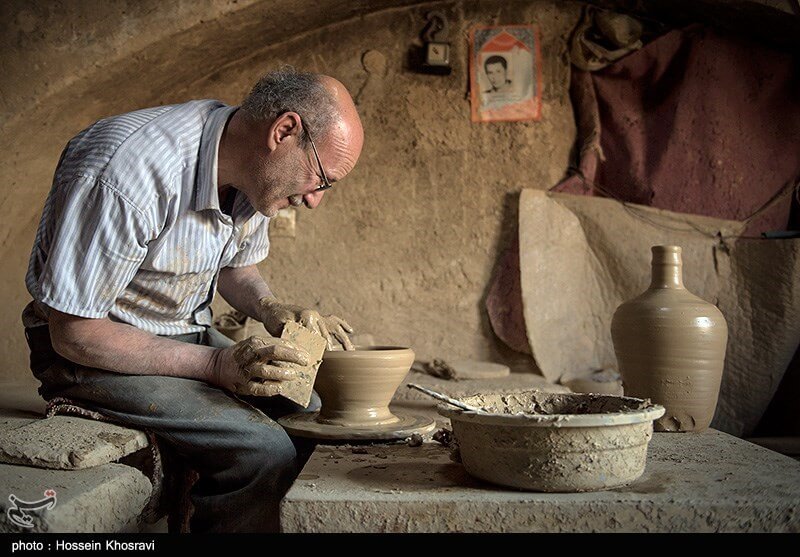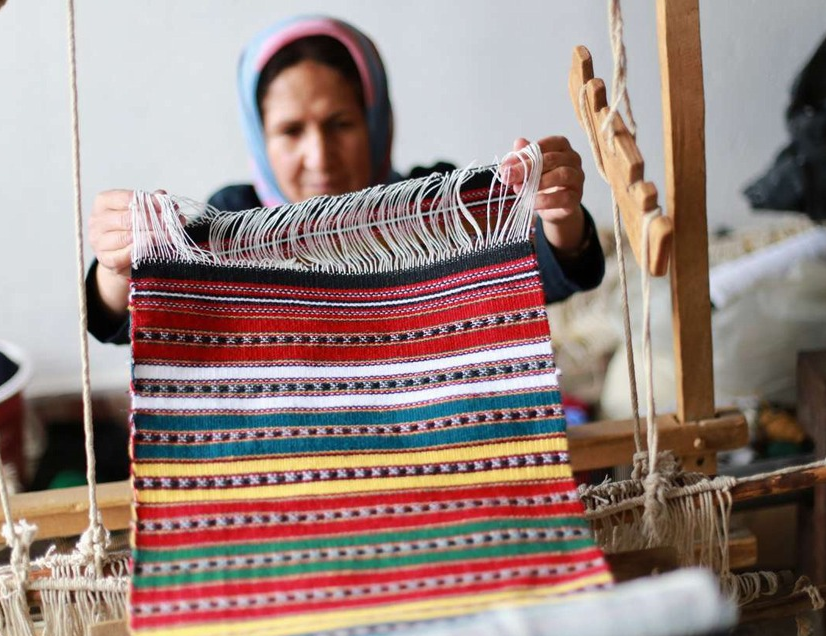
An Overview of the Well-known Iranian Art
Iran has an ancient history and a rich culture. These two features have made the art of this land, as an expression of its culture and history, take on unique and attractive forms and produce artifacts that are outstanding and popular in many parts of the world. What follows is a review of some aspects of Iranian arts that are known globally.
The Global Fame of Iranian Carpets
Carpet is one of the most important and well-known aspects of Iranian arts, which has different weaving methods and different designs, using different raw materials, in different parts of the country, in accordance with the geography and culture of each region.
The art of carpet weaving in Iran dates back to the Achaemenid era (550 to 330 BC). Although Iranian carpets have evolved in terms of color and pattern, the skills used to weave handwoven carpets in many parts of Iran are the same ancient skills that have been passed down from one generation to the next.
Wool and silk are used for the weaving of Iranian carpets, and the carpets the warp and weft of which are of silk threads are finer. The designs and colors of Iranian carpets are very diverse. Among the most famous designs that are used for weaving Iranian carpets are Shah Abbasi, Arabesque, Paisley, Tree, Nomadic, and Geometric. The art of carpet weaving is popular in many cities of Iran, but Kashan, Isfahan, Qom, Tabriz, Heris (East Azarbaijan province), Shiraz, Kerman, Mashhad, Turkmen, Hamedan, and Kurdistan are world-famous among them.
Many types of Iranian carpets are on display in the famous museums of the world and some of them are installed in mansions and houses as pictorial carpets.
Persian Carpet in the Polish Court
Safavid rule (1501 to 1736 AD) can be considered the era when Iranian carpets were introduced to the whole world. At that time, Tabriz was one of the main centers of carpet weaving in Iran, and along with it, the weavers of Hamedan, Shushtar, and Kashan offered the best and most beautiful carpets of their time. The interest of Shah Tahmasp (reigned from 1524 to 1576 AD) in the art of carpet weaving resulted in the expansion of this art and craft. Shah Tahmasp himself had designed several carpets and ordered them to be woven. At the same time, these carpets were donated to Sulaymaniyah Mosque in Istanbul. After his death, Shah Abbas (reigned from 1587 to 1629 AD) established carpet-weaving workshops in Kashan and Isfahan and provided the means for the expansion of this art. During this period, a number of carpets were woven in Kashan using silk and gold threads.
Sigismund III, who was the King of Poland and the Grand Duke of Lithuania, the ruler of the Polish-Lithuanian Commonwealth from 1587 to 1632, and the King of Sweden from 1592 until his removal in 1599, sent an Armenian businessman named “Safar Muratovich”, who was in charge of supplies to the Polish court, to Tehran to transport the carpets that he had ordered to Warsaw. These carpets were woven using silk threads and silver or silver-plated threads, with unparalleled elegance and quality.
Iranian Architecture in India
Iranian architecture is another manifestation of Iranian art that has been noticed all over the world. The famous Taj Mahal, which is considered a symbol of India, is one of the most important structures built by the Iranian architect, Isa or Mullah Murshid Shirazi, one of the most famous architects of that era.
There is a tomb inside the Taj Mahal, that, in addition to resembling an Indian mandala, also exhibits the ancient traditions of Iranian handicrafts. In fact, the Taj Mahal is a mausoleum, and Iranian quadrangles, which were used in Iranian tombs since ancient times (the tomb of Cyrus in Pasargad, has the same architectural form) have been used in its design.
World Museums that Host Iranian Art
Throughout history, many cultural and artistic works of Iran have been taken away from the country and are presently exhibited in many museums of the world.
Metropolitan Museum of New York
Isfahan carpet museum, Khamsa Nizami’s book, Iranian armor, and the Achaemenid Persian Lion Rhyton, which are related to the pre-Islamic and post-Islamic history of ancient Iran, are on display.
Hermitage Museum of Russia
On the third floor of this museum, a number of works related to Iranian art are on display, the most important of which are:
• Paintings from the 16th to 19th centuries
• Qajari paintings
• Sasanian silver
• Pazyryk Carpet of Iran (the oldest carpet in the world)
Louvre Museum of Paris
Nearly 35,000 ancient works are stored in the Louvre Museum. In this museum, there is a hall belonging to Iran, where 2500 pieces of Iranian national artifacts can be seen. The most important of these works are:
• Two-headed Horse
• Golden-winged Goat
• Heads of Columns of Persepolis
• Stone Sculptures
• Pages of Shahnameh
• Inscriptions of Darius
Victoria and Albert Museum, London
An old Ardabil carpet, which was used to cover the tomb of Sheikh Safiuddin Ardabili, is kept in this museum. This silk carpet is considered one of the most exquisite and beautiful carpets in the world and one of the most outstanding symbols of Iranian art.
Modern Iranian Art in World Galleries
After the death of Kamal al-Molk (1847 to 1940 AD), the famous Iranian painter, a modern trend of art emerged in Iran. Some people who played a role in this process and gained world fame are:
Sohrab Sepehri
He was a contemporary poet and painter who created his works inspired by Buddhist tradition. Sepehri’s paintings have been exhibited in famous galleries around the world.
Parviz Tanavoli
He is considered one of the pioneers of the Saqqa-khane movement in sculpture and painting.
Bahjat Sadr Mahallati
She was the most prominent contemporary Iranian female painter, famous for her use of a palette knife to express visual rhythm and movement.
Iran has an ancient history and a rich culture and these two features have made the art of this land, as an expression of its culture and history, take on unique and attractive forms and produce artifacts that are outstanding and popular in many parts of the world.
| Name | An Overview of the Well-known Iranian Art |
| Country | Iran |
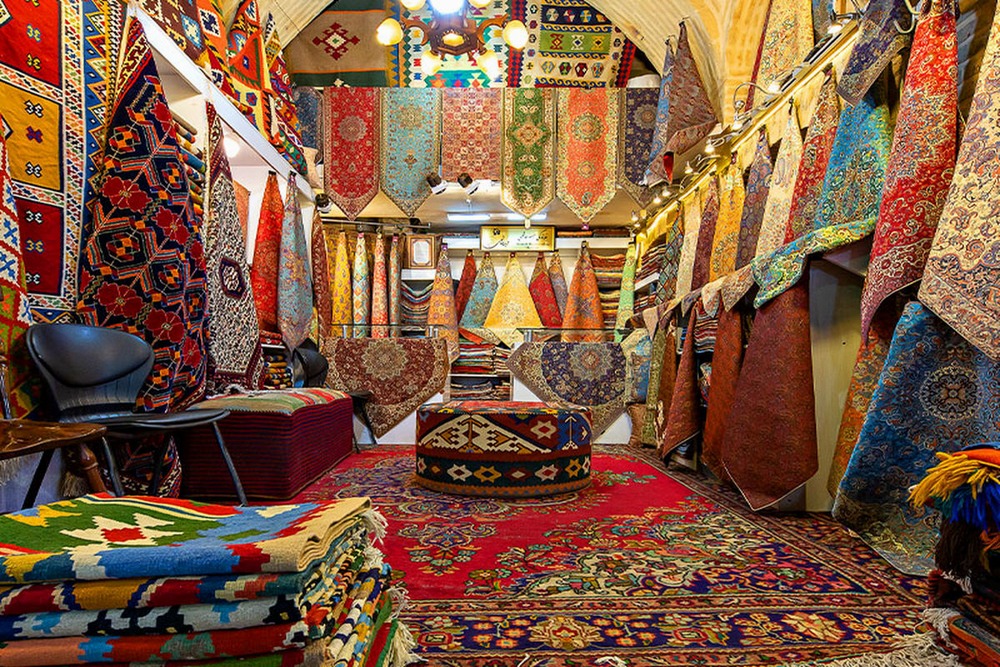

Choose blindless
Red blindless Green blindless Blue blindless Red hard to see Green hard to see Blue hard to see Monochrome Special MonochromeFont size change:
Change word spacing:
Change line height:
Change mouse type:
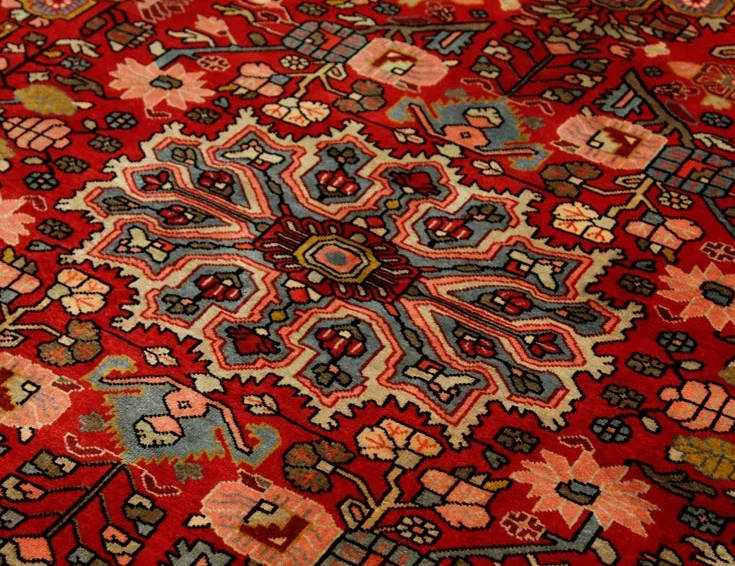


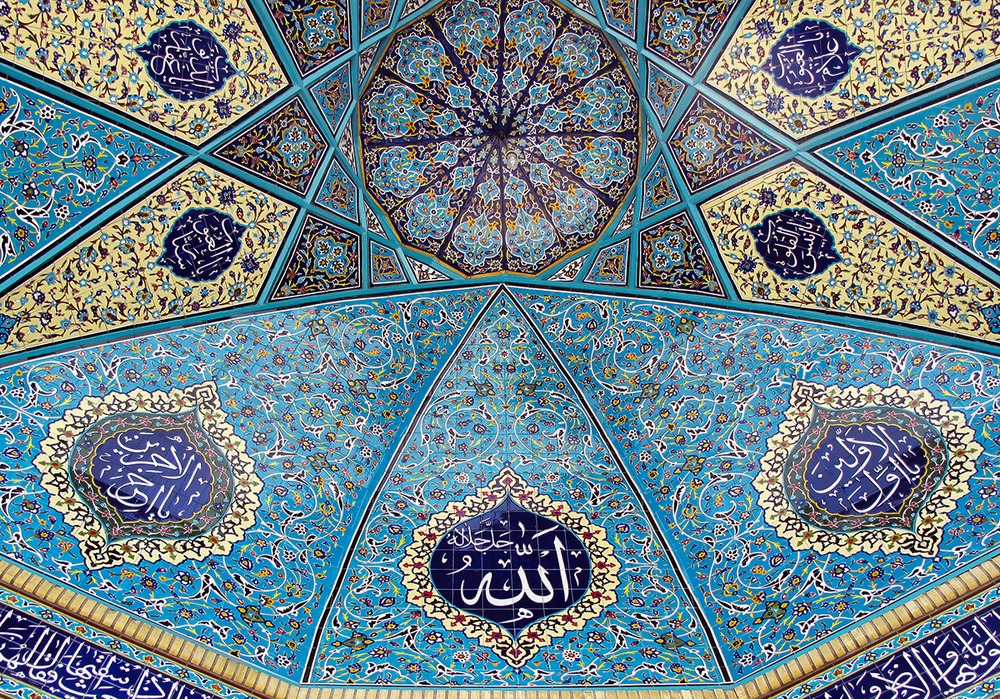

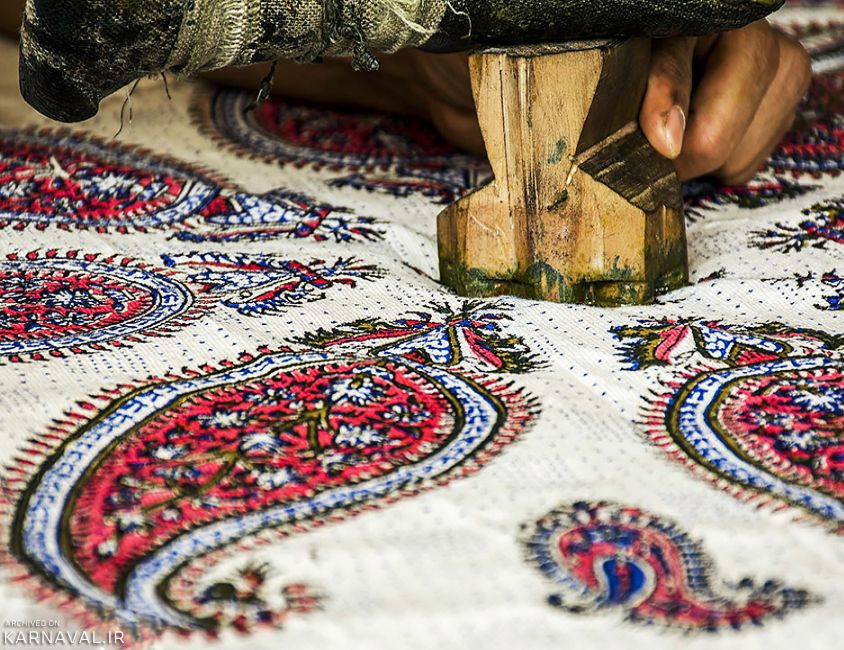


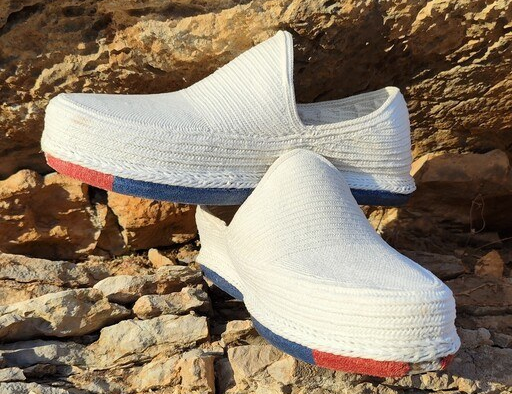
_crop_2.jpg)
